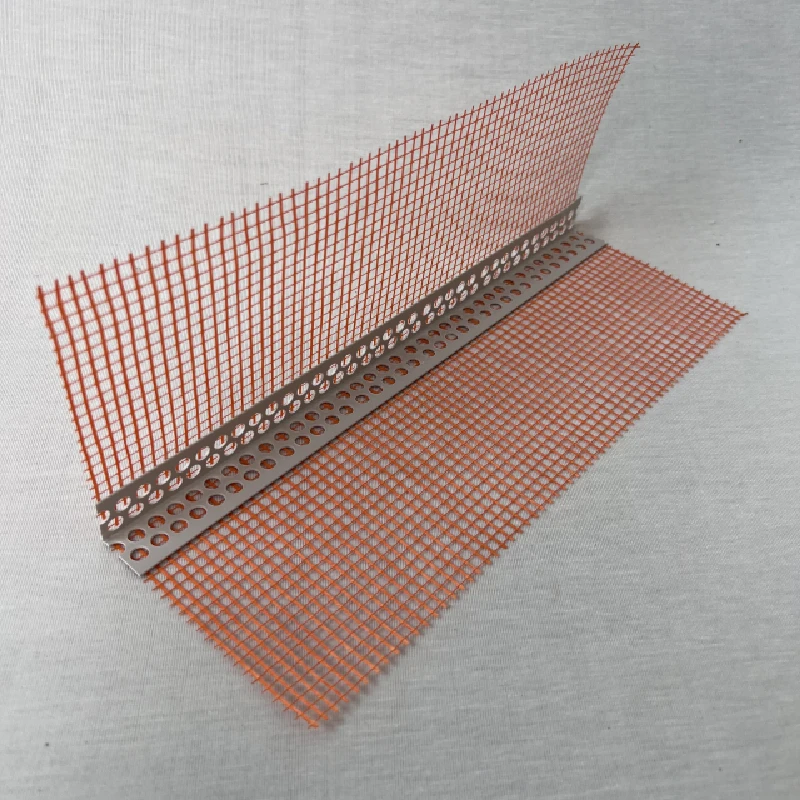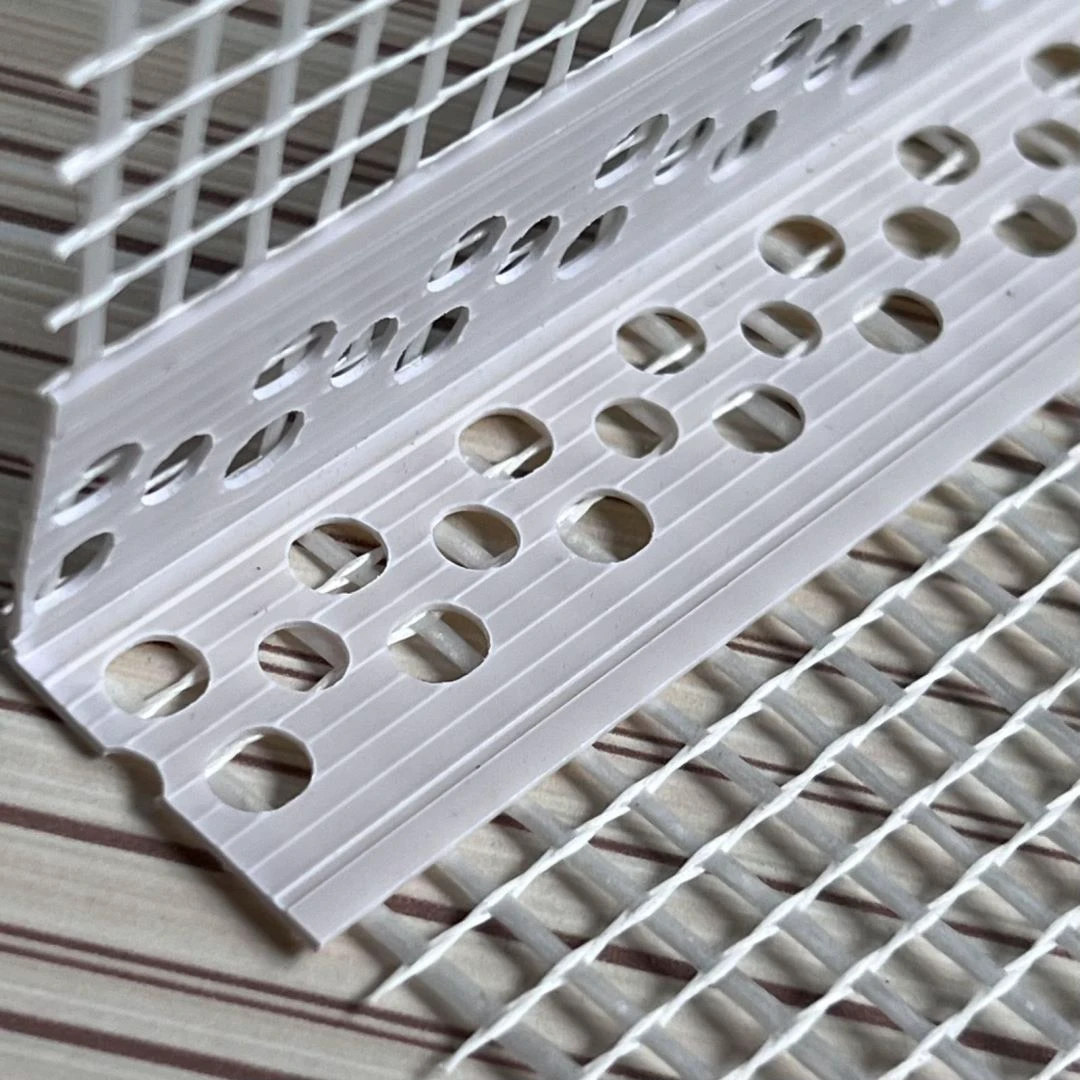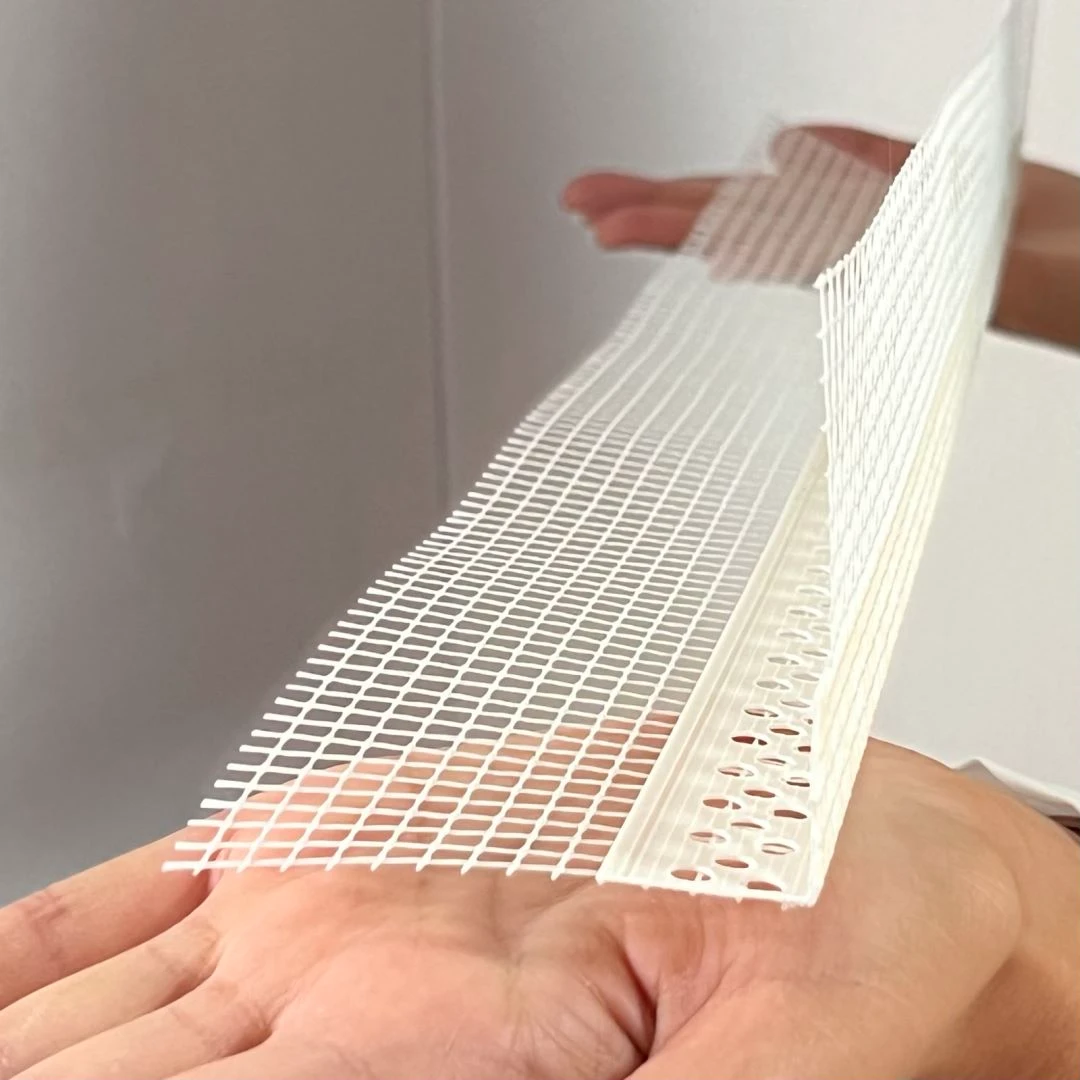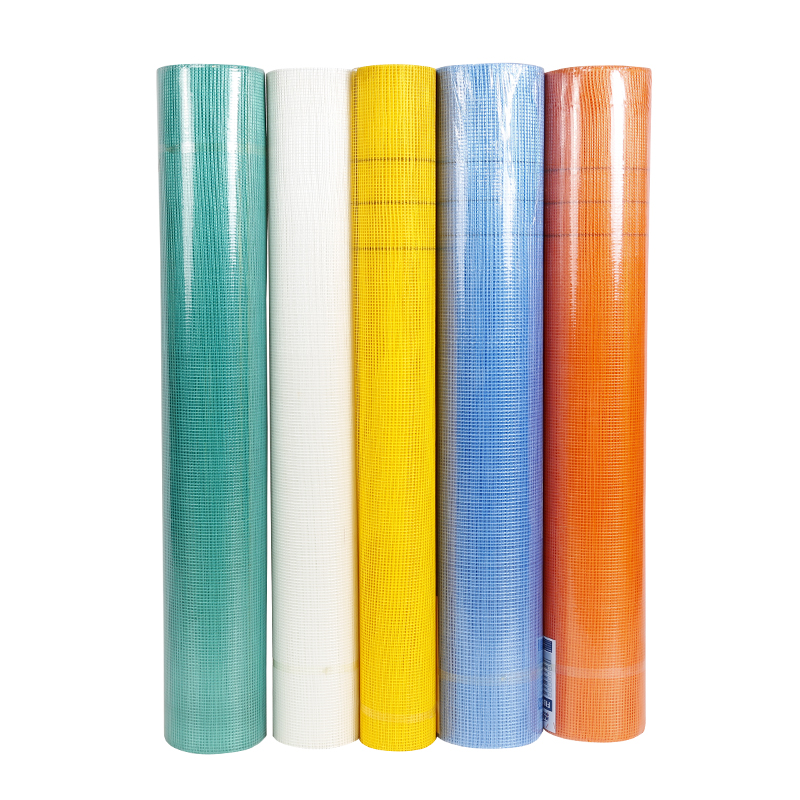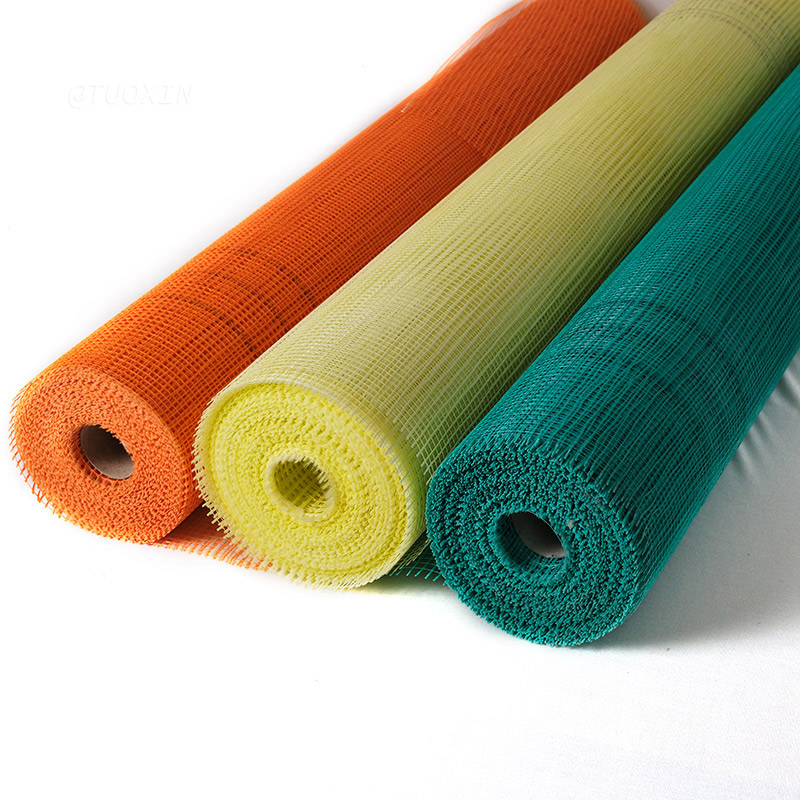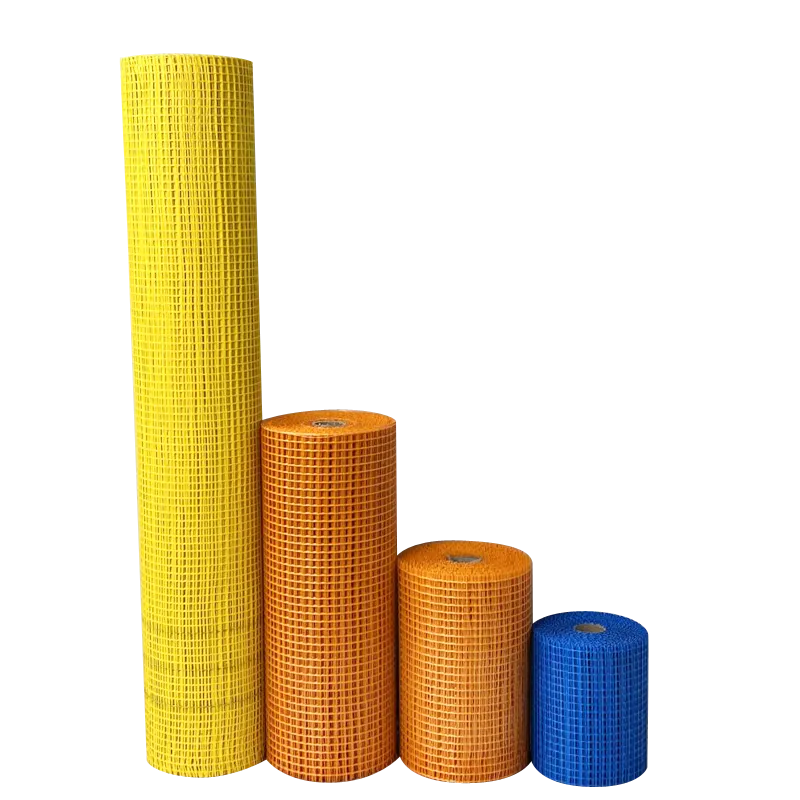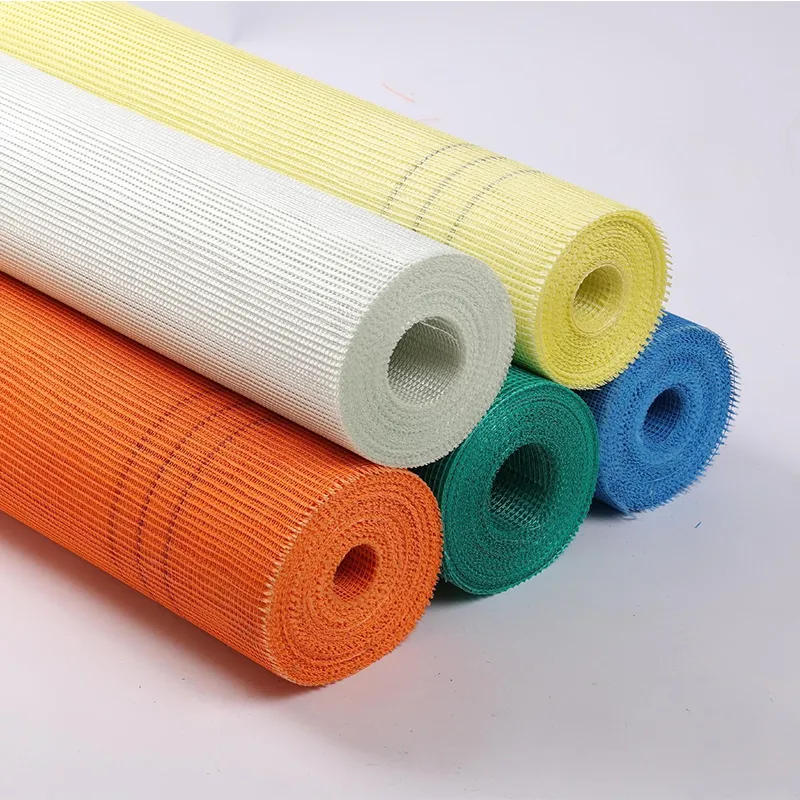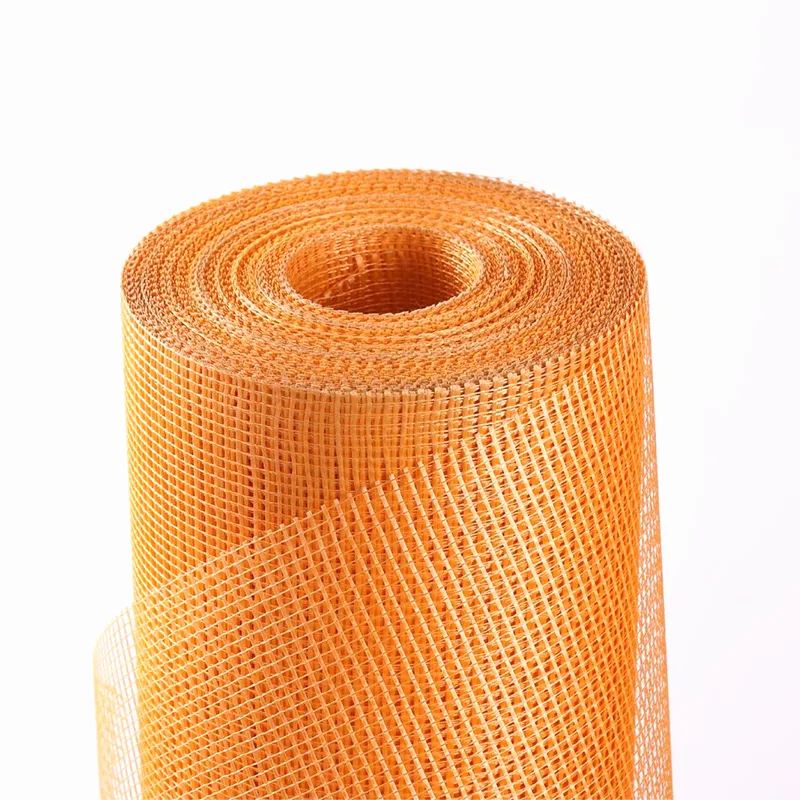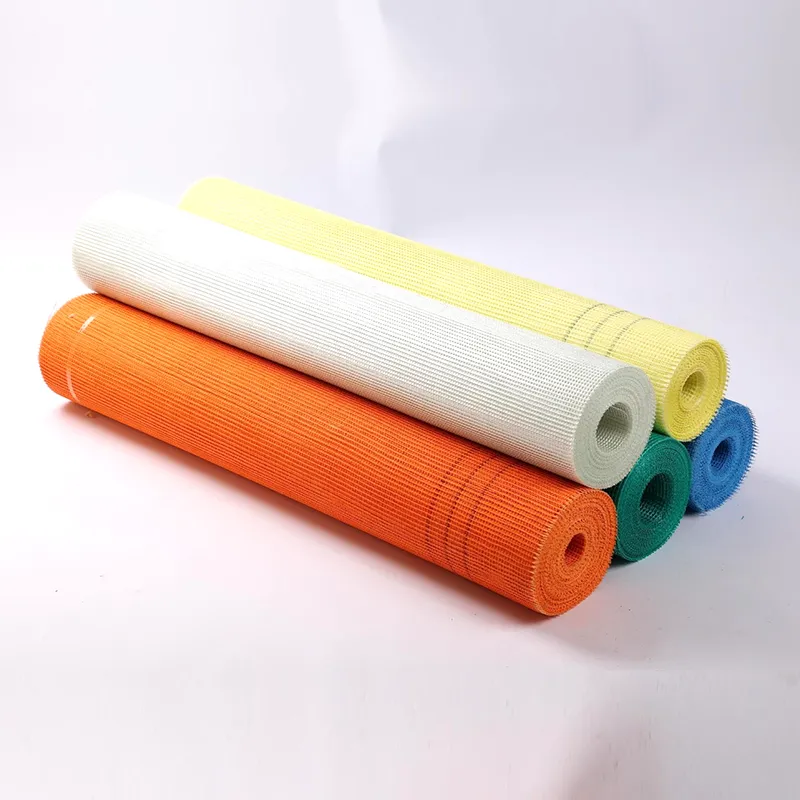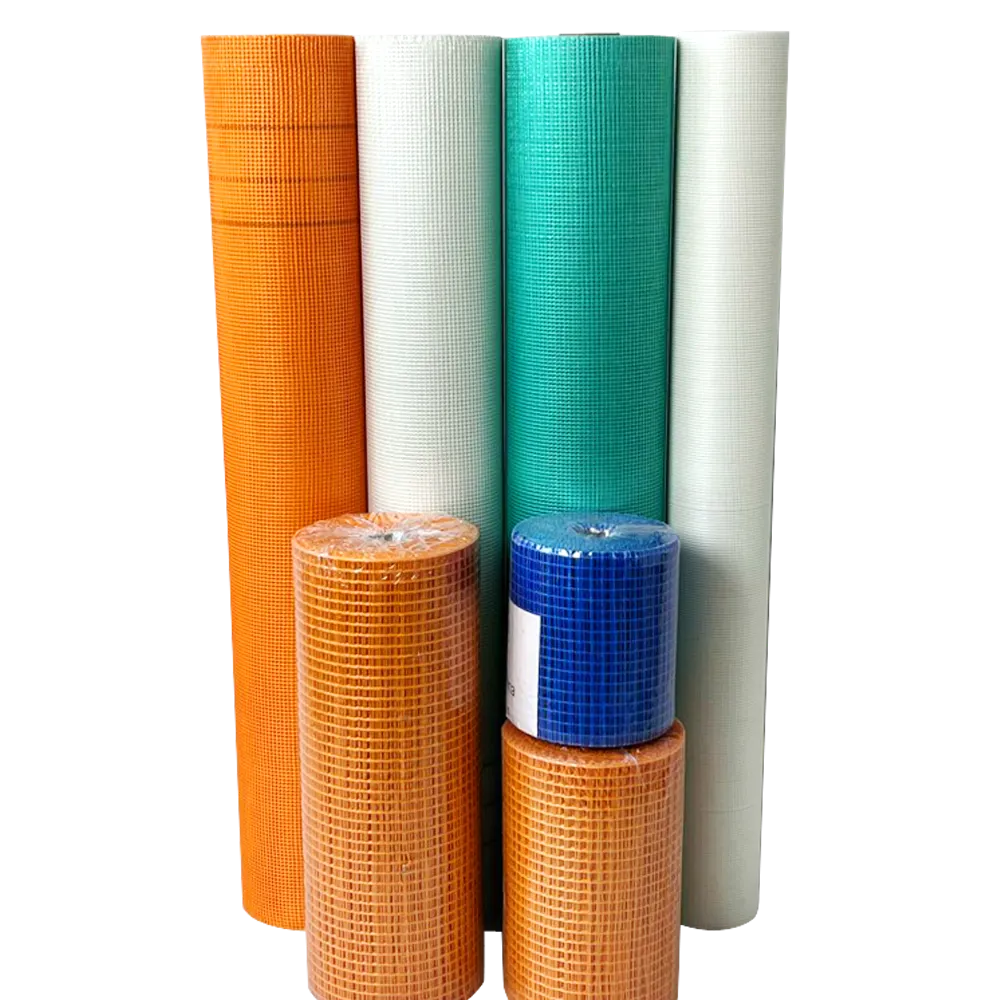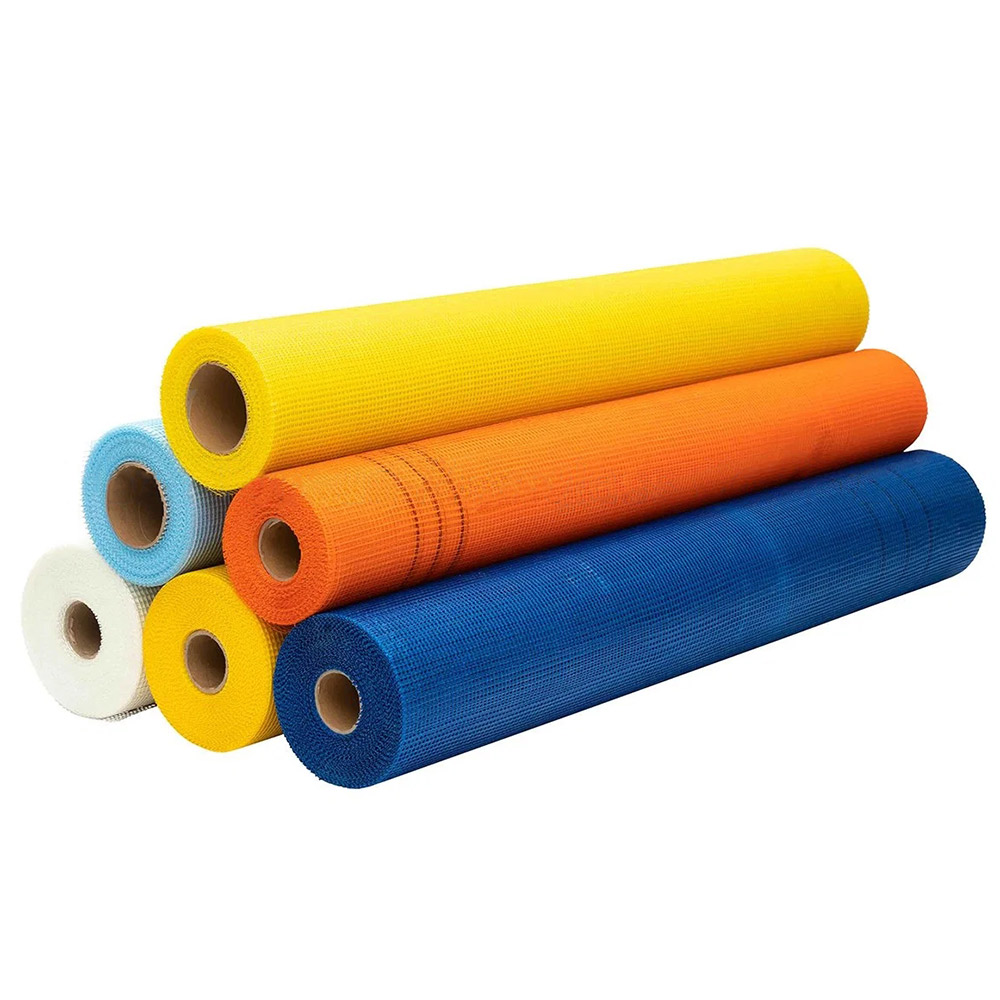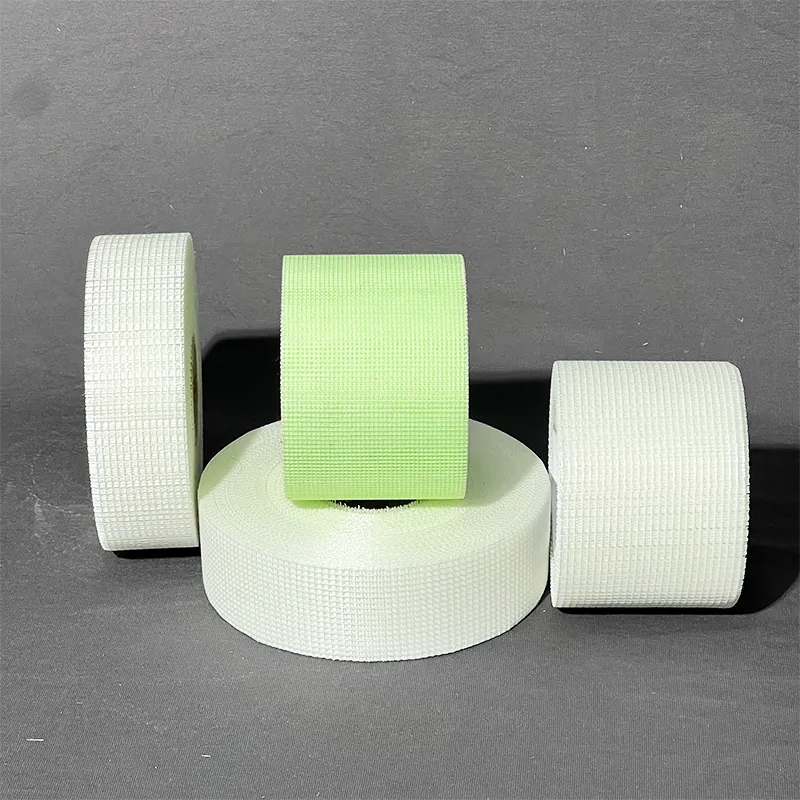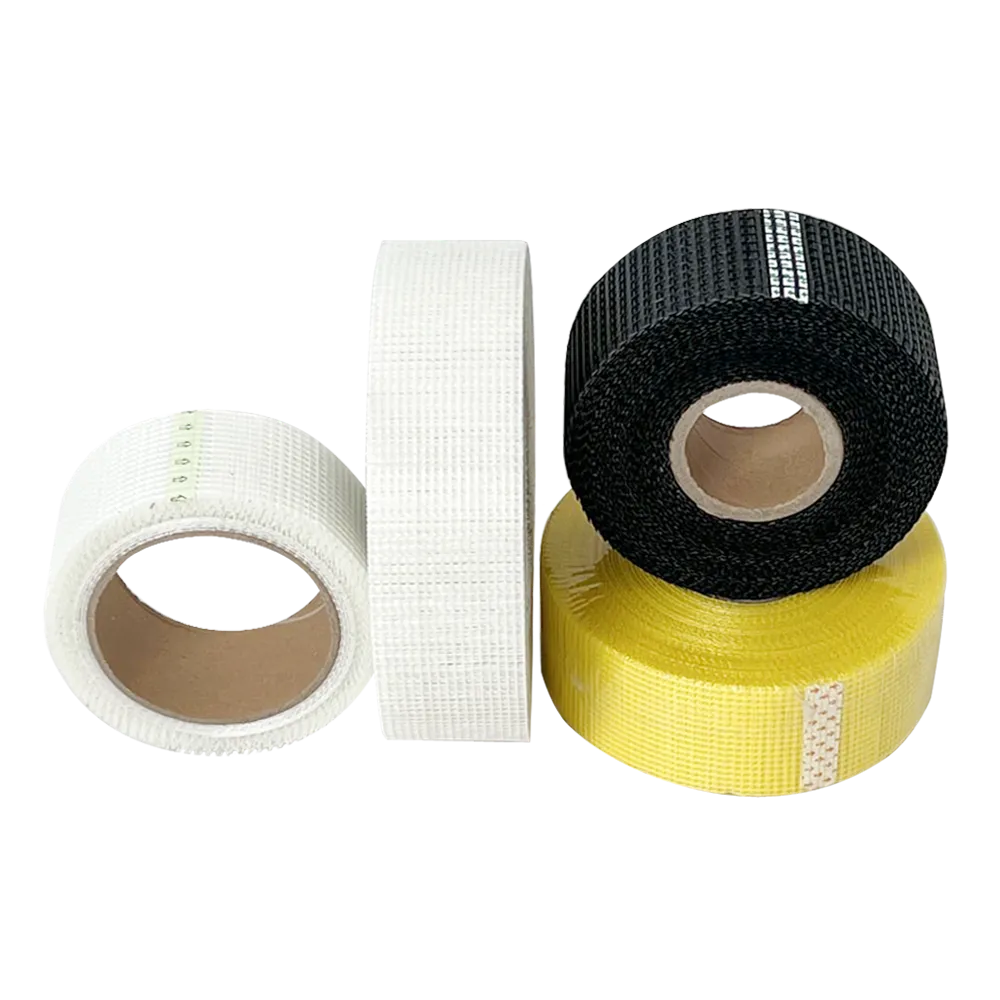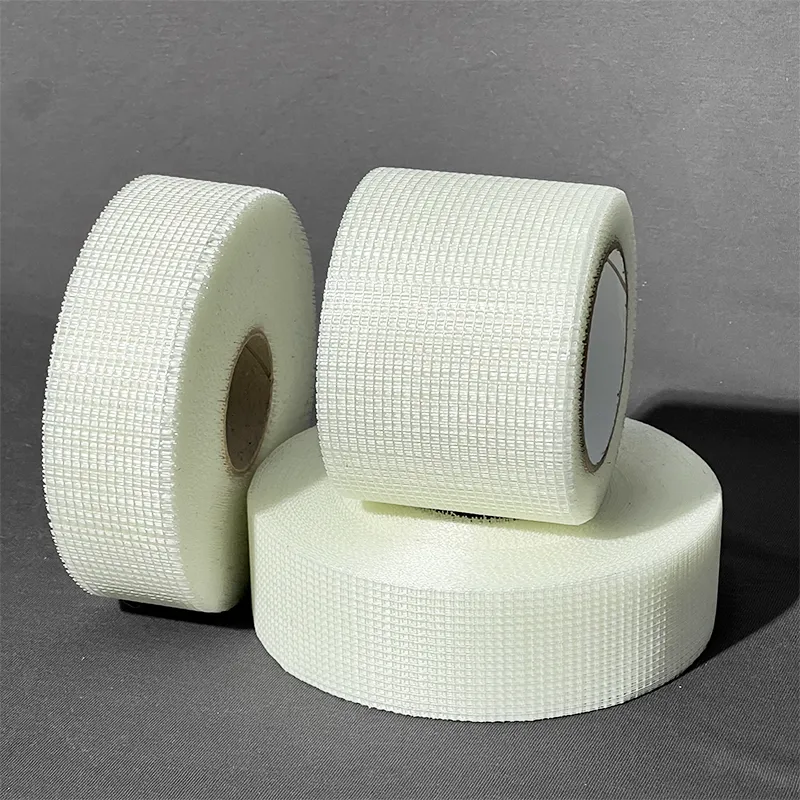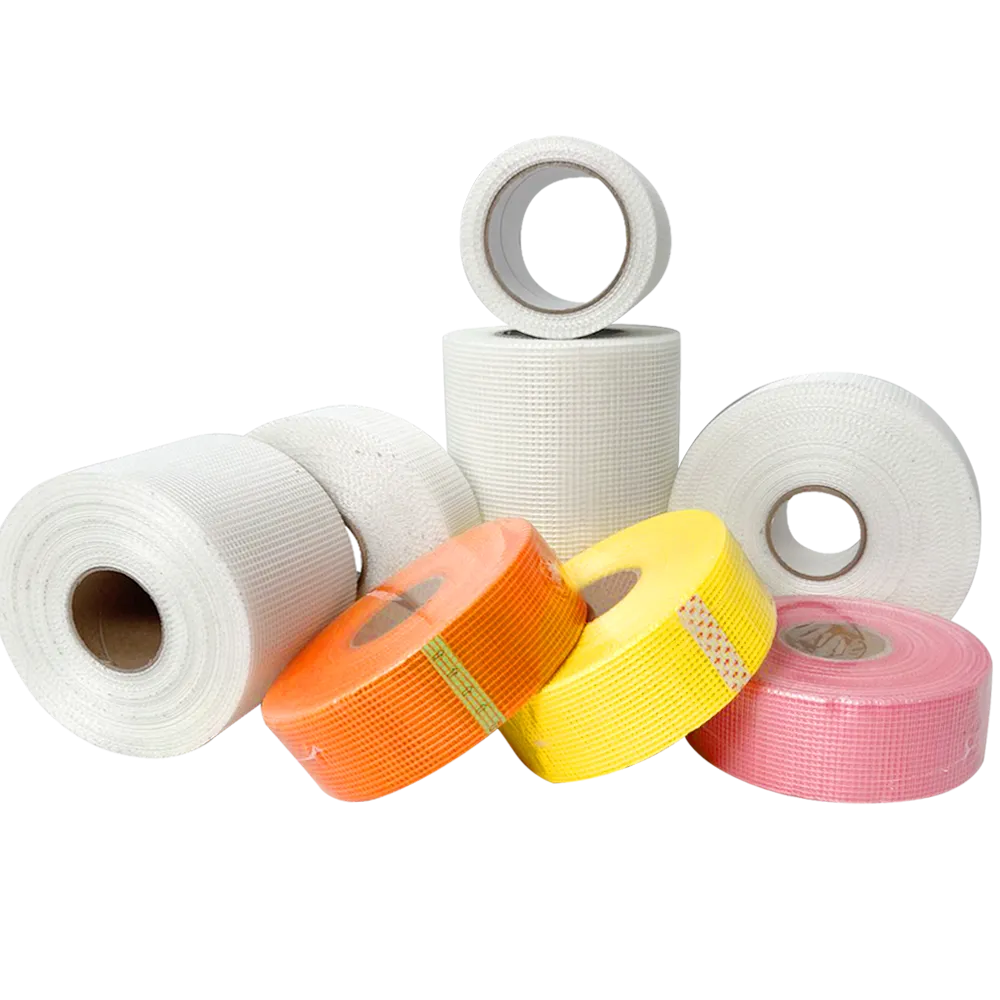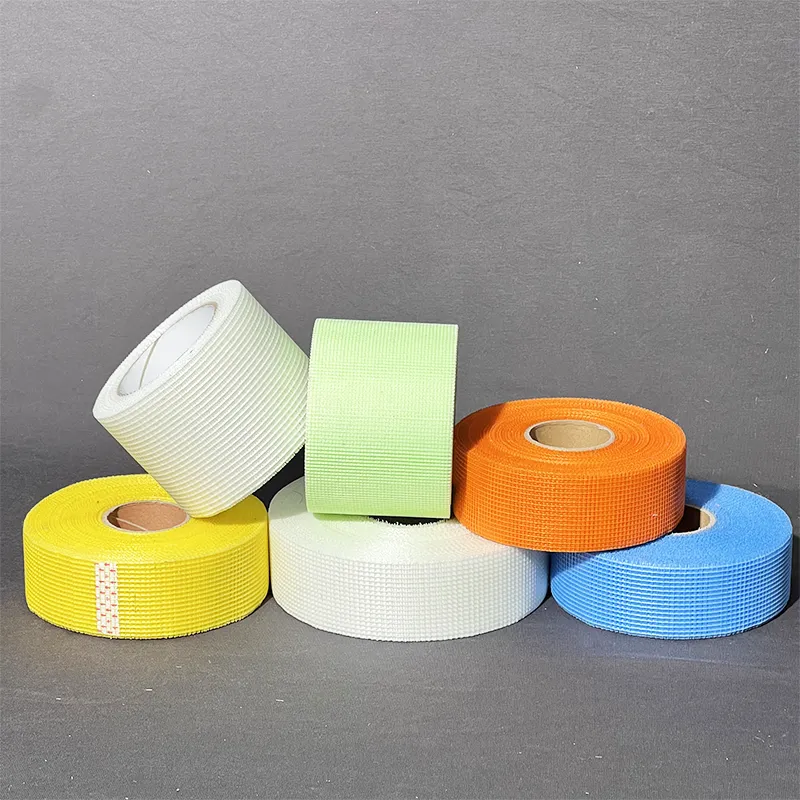Hul . 07, 2025 05:43 Back to list
Fiberglass Yarn Price High Quality Glass Fiber Yarn at Competitive Rates
- Introduction to fiberglass yarn and its pricing factors
- Technical advantages impacting glass fiber yarn price
- Comparative analysis of major manufacturers
- Factors influencing price fluctuations and market dynamics
- Customization options and bespoke solutions for clients
- Application cases demonstrating quality and value
- Summary and strategic insights on fiberglass yarn price
trends
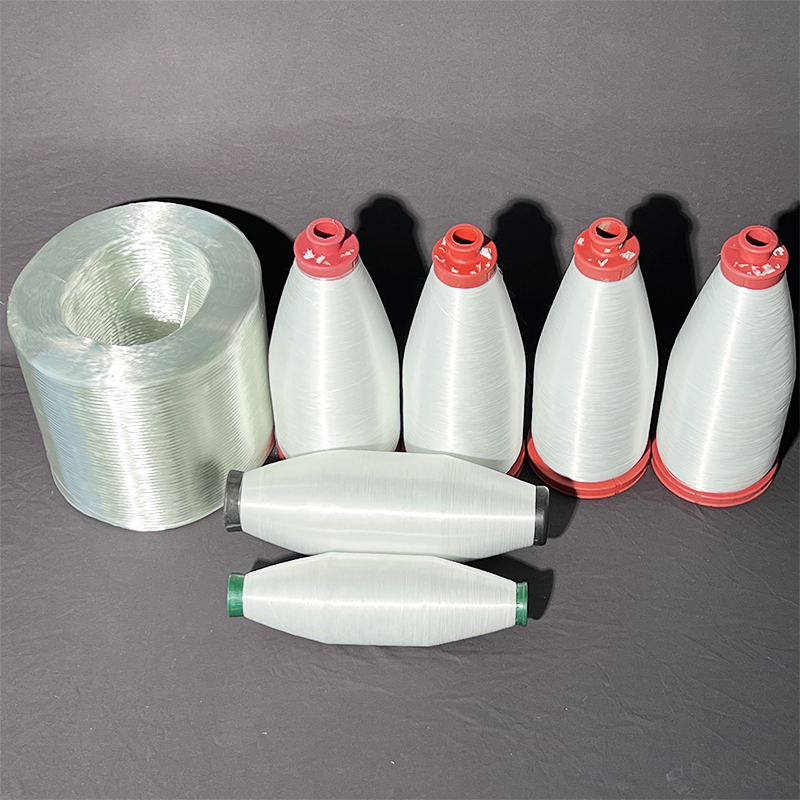
(fiberglass yarn price)
Understanding Fiberglass Yarn Price and Key Influencing Factors
Fiberglass yarn is an extensively utilized reinforcement material, instrumental across diverse industries due to its remarkable combination of strength, light weight, and heat resistance. It's crucial to comprehend what is fiberglass yarn before delving into its global pricing mechanisms. Fiberglass yarn refers to continuous filament glass fibers spun into yarn form, generally of E-glass, C-glass, or S-glass varieties, each with distinctive chemical compositions and property profiles.
The fiberglass yarn price is primarily governed by raw material costs, particularly the cost of silica sand, limestone, and alumina, as well as energy consumption during melting and spinning. The global market size for glass fiber yarn was estimated at USD 2.2 billion in 2023, with an expected CAGR of 6.4% up to 2030 (Source: Markets & Markets). China remains the largest producer and exporter, responsible for approximately 67% of worldwide output, significantly influencing international price indices.
Fluctuations in the glass fiber yarn price also correlate with macroeconomic trends, including changes in construction, automotive, and electronics sector demands. Key price variations are additionally observable in relation to weaving quality (tex/yarn count uniformity), surface treatments (sizing agents), and compliance with international standards (ISO, ASTM, DIN).
Technological Advantages Dictating Market Value
Advanced manufacturing technologies confer major advantages in the glass fiber yarn industry, leading to price differentials among producers. The ongoing transition to energy-efficient furnaces and high-speed spinning equipment has cut unit energy consumption by nearly 18% since 2020. This efficiency translates directly to the bottom line, reducing manufacturing costs and—when scaled—allowing competitive pricing.
Fiberglass yarn’s unique properties, such as tensile strength exceeding 3.6 GPa and a modulus of elasticity up to 80 GPa, enable its use in high-performance structural applications including wind turbine blades and printed circuit boards. Yarn can be manufactured in single, plied, or bulked (air-textured) formats, and is typically rated by linear density (measured in tex), with most technical markets demanding yarns from 22 to 136 tex.
Surface treatments, or sizings, are another area of technical significance: high-quality silane or starch-based sizings improve adhesion to resins (e.g., epoxy, polyester), vital for composite strength and durability. Recent R&D into nano-engineered sizings has led to a 12-15% improvement in interfacial bonding strengths for high-end applications.
| Parameter | E-Glass Yarn | C-Glass Yarn | S-Glass Yarn |
|---|---|---|---|
| Tensile Strength (GPa) | 3.45 | 2.20 | 4.60 |
| Modulus of Elasticity (GPa) | 72.5 | 69 | 86 |
| Linear Density (tex) | 22–136 | 46–136 | 22–136 |
| Acid Resistance | Moderate | High | Low |
| Typical Price Range (USD/kg) | 1.40–2.10 | 1.80–2.40 | 3.50–7.00 |
S-Glass, commanding the highest price per kilogram, is selected for aerospace and high-impact sports equipment, while E-glass dominates the general-purpose and electronics sectors.
Global Manufacturer and Supplier Comparison
The competitive landscape of fiberglass yarn producers is defined by regional capacities, technological sophistication, and value-added services. Market leaders like Owens Corning, Jushi Group, PPG Industries, and CPIC (China) set benchmarks for quality, production scale, and export volumes.
| Company | Annual Capacity (KT) | Region | Standard Yarn Price (USD/kg) | Key Features |
|---|---|---|---|---|
| Owens Corning | 420 | North America, EU | 2.00–2.80 | High-quality, advanced sizing, global logistics |
| Jushi Group | 600 | China, Global | 1.40–2.20 | Largest output, competitive pricing, customized solutions |
| PPG Industries | 250 | North America, Asia | 2.50–3.30 | Premium technical yarns, extensive R&D |
| CPIC | 370 | China, Export | 1.50–2.70 | Rapid delivery, product variety, strict QC |
China’s cost advantages—due to economies of scale, proximity to resources, and lower energy costs—have allowed its manufacturers to undercut Western suppliers by 18–25% on average, while gradually narrowing quality gaps through significant technology investments.
Market Dynamics and Price Fluctuation Drivers
The volatility in glass fiber yarn price is primarily dictated by four factors: feedstock price trends, energy costs, global shipping rates, and end-user demand cycles. In 2022–2023, European energy crises led to a 5–8% spike in average yarn prices due to increased furnace operating costs, while surges in post-pandemic demand for electronics and 5G infrastructure contributed to periodic shortages.
Seasonal effects also come into play, notably during Q2 and Q4, with heightened construction and infrastructure activity driving temporary price increases of up to 9% over annual averages. Global shipping disruptions, port congestion, and changes in trade tariffs (particularly between China and the US) have further stoked price variability.
The emergence of recycled glass fiber yarn and innovative production processes—in line with sustainability drives—are poised to slightly moderate pricing over the next five years. Analysts project a stabilization of the global average price near USD 2.35/kg by 2028, with premiums for specialty grades rising in tandem with technological advancements and stricter regulatory demands.
Customization and Tailored Solutions
One of the most significant evolutions in the fiberglass yarn market has been the proliferation of bespoke and client-specific solutions, allowing buyers to differentiate their end products and meet stringent application requirements. Parameters for customization include tex/yarn count, twist per meter, sizing chemistry, packaging format (cones, bobbins, cheeses), and color coding.
For electronics, telecommunications, and high-tension cable wrapping, manufacturers offer ultra-fine (<15 tex), high-twist, low-shrinkage yarns with specialized oil or water repellent coatings. Conversely, construction and insulation segments favor bulked yarns for higher loft and entrapment of air, enhancing thermal properties.
Logistics and warehousing efficiencies are critical, with many large suppliers offering “just-in-time” delivery schedules, consignment inventory, and technical aftersales support. Co-engineering programs, where clients collaborate directly with R&D teams, are now mainstream among top-tier suppliers, ultimately pushing boundaries on both product performance and cost optimization.
Application Case Studies: Maximizing Value in End Use
To illustrate the multi-sector utility of fiberglass yarn and corresponding value for money, consider the following real-world cases:
- Wind Energy: In 2023, a European blade manufacturer leveraged premium S-glass yarns to extend fatigue life by 27% and reduce unit cost by $0.12/kg versus prior imports. This led to a 6-month reduction in amortization timeline.
- Automotive Engineering: Top-tier automotive suppliers adopted low-twist E-glass yarns for lightweight composite hoods, achieving a 15 kg per vehicle reduction and improving production cycle time by 8%, all within a price bracket of $1.85–2.10/kg.
- Electronics: PCB manufacturers in Korea sourced ultra-fine glass yarns at $2.30/kg and documented a 19% improvement in dimensional stability under thermal cycling tests, directly reducing product returns.
- Fire Safety Textiles: US-based fabricators of fire-retardant curtains and cable wraps reported a 34% materials cost reduction over five years by switching to bulked C-glass yarn at $1.90/kg, while exceeding ASTM E84 flame spread standards.
These cases clearly demonstrate the direct relationship between precise yarn selection, informed price negotiation, and net operational gains.
Strategic Outlook on Fiberglass Yarn Price Trends
The outlook for fiberglass yarn price remains positive but cautionary. As manufacturers continue to innovate with new material grades, energy savings, and green production practices, the competitive landscape is expected to shift. Buyers are advised to cultivate close partnerships with established suppliers, maintain clear specification requirements, and leverage market intelligence for optimal procurement timing.
In summary, understanding the complex factors underpinning glass fiber yarn price and the evolving capabilities of manufacturers enables strategic sourcing decisions, stronger risk management, and maximized end-product value. Factoring in technical benchmarks, customization potential, and verifiable case outcomes grants buyers the confidence needed to navigate this vital materials market through 2030 and beyond.
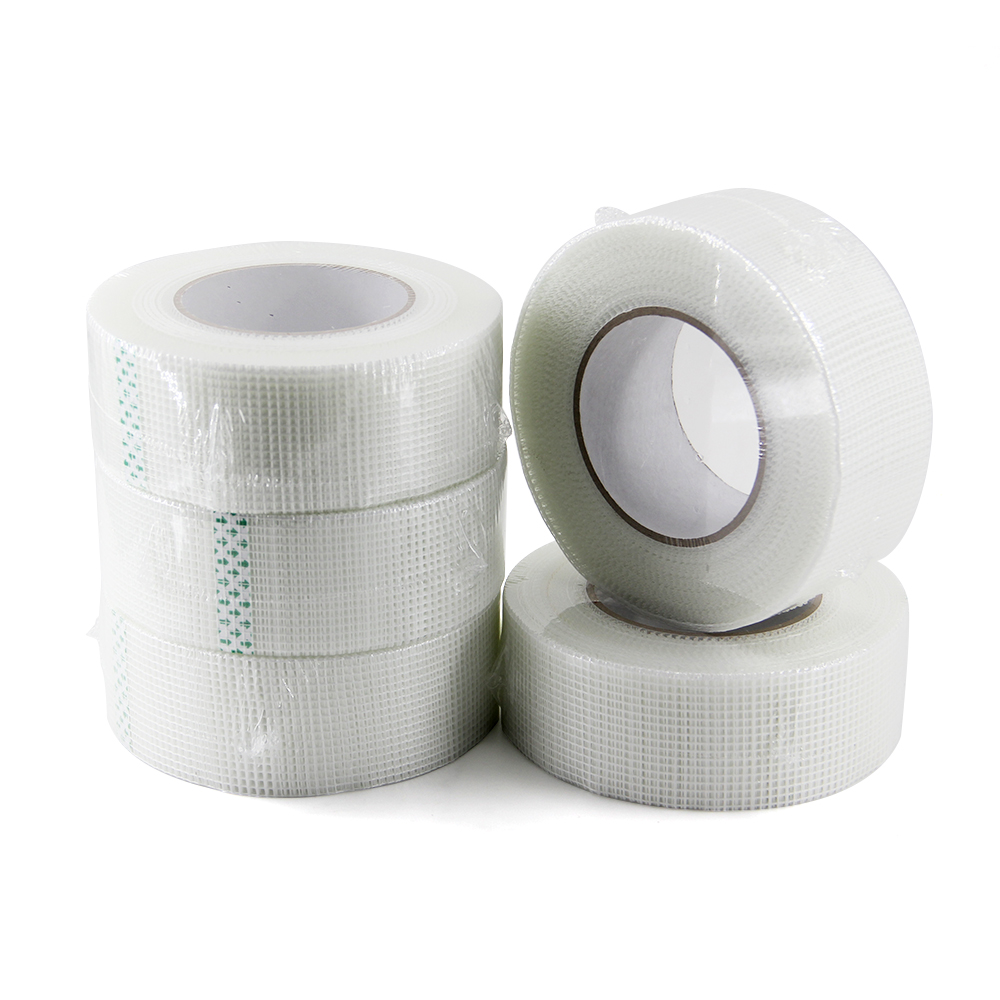
(fiberglass yarn price)
FAQS on fiberglass yarn price
Q: What is fiberglass yarn?
A: Fiberglass yarn is a type of yarn made from thin strands of glass fibers. It is commonly used for reinforcement in plastics, textiles, and electrical insulation. Its notable properties include high strength, heat resistance, and electrical insulation.Q: What factors affect the fiberglass yarn price?
A: The fiberglass yarn price is influenced by raw material costs, production technology, and market demand. Quantity ordered and yarn specifications also impact pricing. Pricing may fluctuate due to global supply chain changes.Q: How does glass fiber yarn price compare to other reinforcement yarns?
A: Glass fiber yarn price is generally more economical than carbon fiber yarn but more expensive than traditional cotton yarn. Its balance of performance and cost makes it popular in many industries. Applications requiring durability and heat resistance often justify the cost.Q: Where can I get the latest fiberglass yarn price information?
A: You can find the latest fiberglass yarn price on manufacturer websites, chemical marketplaces, and industry reports. Direct inquiries to suppliers often yield the most accurate and current pricing. Market fluctuations are common, so regular checks are advisable.Q: Why choose fiberglass yarn despite its price?
A: Fiberglass yarn offers an excellent combination of strength, durability, and heat resistance. Its superior properties often outweigh its price in demanding industrial applications. Long-term performance and reliability make it a preferred material.-
The Versatile Role of Fiberglass Mesh in Modern ConstructionNewsJun.09,2025
-
The Essential Role of Alkali Resistant Fiberglass mesh Tape in Modern ConstructionNewsJun.09,2025
-
Strengthening Walls and Joints with Fiberglass mesh Tape SolutionsNewsJun.09,2025
-
Fiberglassmesh Tape Solutions for Stronger Walls and Cleaner FinishesNewsJun.09,2025
-
Fiberglass Reinforcement Mesh: A Modern Essential for Durable FinishesNewsJun.09,2025
-
Enhancing Construction Durability with Self-Adhesive Fiberglass Mesh SolutionsNewsJun.09,2025
